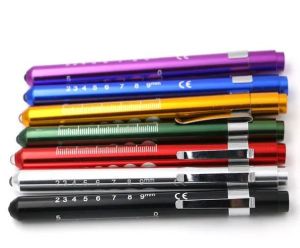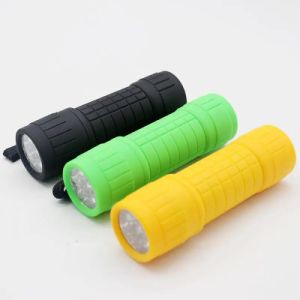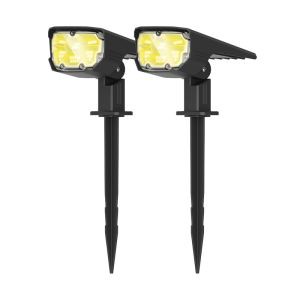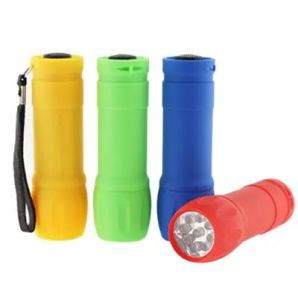Portable 3W UV LED Blacklight Flashlight Mini Torch
Product description
LED flashlights are composed of multiple diodes and have a high color temperature. The visual impression is very bright, which is his characteristic. Also, it is very energy-efficient, and a fifth battery can last for more than ten hours. In addition, the magnesium aluminum alloy metal shell has a compact appearance that is windproof, rainproof, and corrosion-resistant, making it very suitable for outdoor use. But the biggest drawback of this product is that the irradiation distance is very small, usually only about twenty meters. Far away, I can't see clearly. Above are the shortcomings of this flashlight itself.

The development of mobile lighting tools can be traced back to the early stages of human society - primitive society. Since humans learned to drill wood for fire, mobile lighting has gone through a development process from fire, oil, candles to flashlights. Mobile lighting tools have undergone countless transformations, including torches, oil lamps, candles, kerosene lamps, incandescent light bulb flashlights, xenon light bulb flashlights, and various LED flashlights. The oil lamp has undergone multiple improvements. The oil used for oil lamps was changed from animal oil to vegetable oil, and eventually replaced by kerosene. In order to prevent the wind from blowing out the fire, people added a cover to the oil lamp, from the early paper cover to the later use of a glass cover. This type of oil lamp is not afraid of wind and is convenient for outdoor mobile lighting. While using oil lamps for lighting, humans are still searching for other mobile lighting methods. Around the 3rd century BC, someone made candles out of beeswax. In the 18th century, candles made of paraffin emerged and began to be produced in large quantities by machines. More than 100 years ago, the British invented the gas lamp, which took a big step forward in human lighting methods. Movable lighting tools such as torches, candles, oil lamps, and gas lamps do not leave the fire, but rely on the light emitted by material combustion to illuminate. At the end of the 19th century, Edison invented the electric light, rewriting the history of human lighting and ushering in the era of electric lighting.




Recommended products




